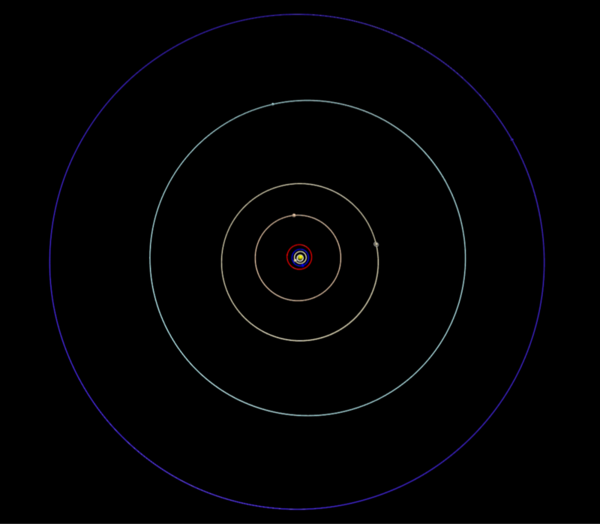The journey to Proxima Centauri b
(1) Leland High School, (2) Department of Physics and Astronomy, University of Pennsylvania
https://doi.org/10.59720/23-081
In recent years, exoplanets have become one of the most exciting topics in astronomy. While sending humans to a planet light-years away from Earth remains science fiction, recent technological advancements have made the prospect of sending a small probe to an exoplanet not only fascinating but also realistic. In addition to time and ample resources, developing such a probe and guiding it to a world beyond our solar system would require a deep understanding of gravitational dynamics. Here, we considered a simulated journey to Proxima Centauri b to determine the feasibility that a rocket could travel there in the timescale of a human lifetime. We hypothesized that a rocket mission from Earth to Proxima Centauri b (including the sending of data from the rocket back to Earth) could be carried out within a human lifetime and that the gravitational influence of celestial objects would be minimal in affecting the trajectory. We found that a rocket traveling at an average speed of 3 x 107 m/s can reach Proxima Centauri b in as little as 50 years, including acceleration and deceleration times. We used VPython to visually simulate the entire trajectory. Our results demonstrated that interstellar travel to other exoplanets is feasible with sufficiently powerful rockets.
This article has been tagged with: